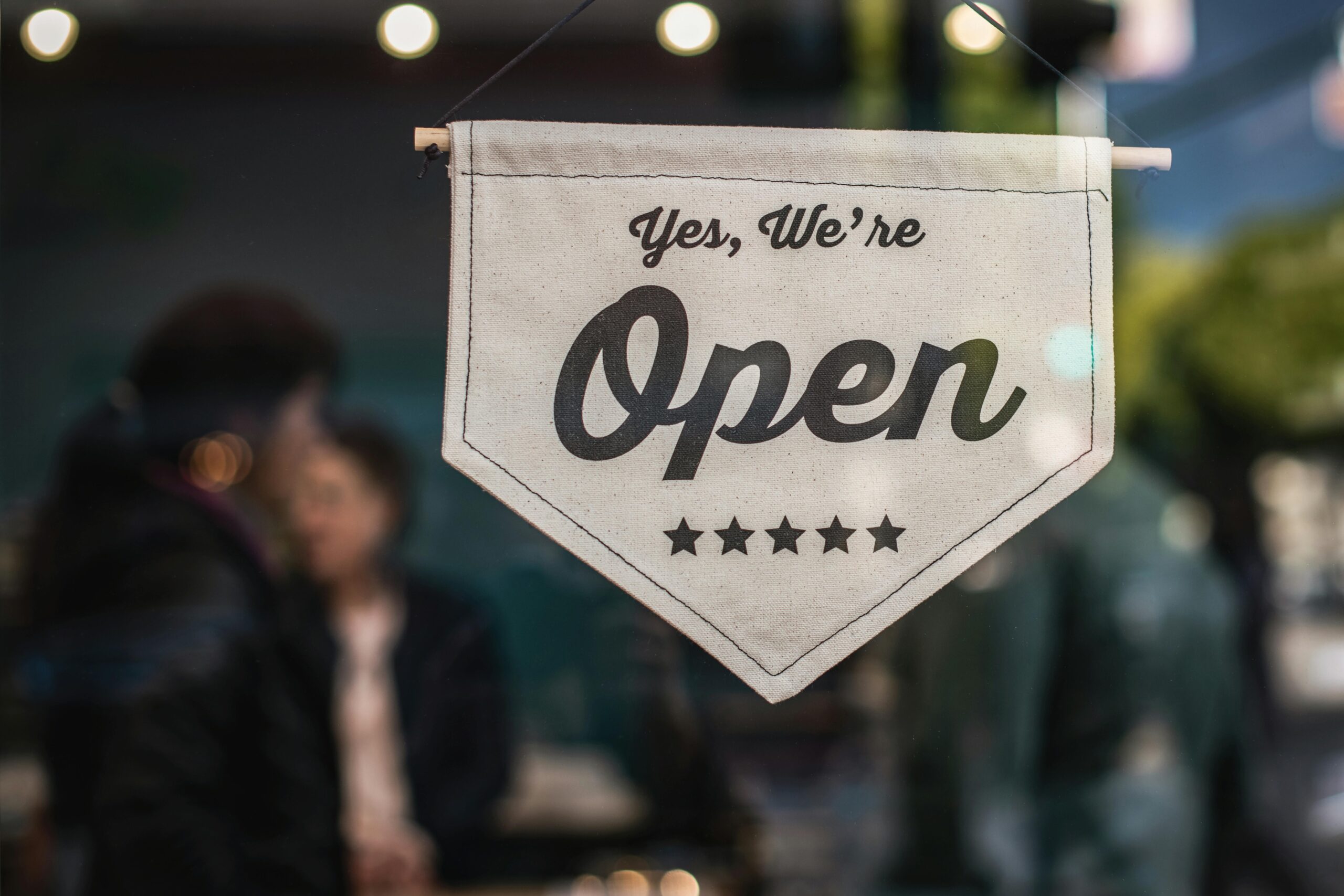
In today’s digital landscape, small businesses face the challenge of standing out amid fierce competition and limited marketing budgets. Traditional advertising methods often prove costly and less effective, leading many to explore influencer marketing as a viable alternative. While big-name influencers with millions of followers may seem like the obvious choice, partnering with micro and nano influencers offers unique advantages that small businesses cannot afford to overlook. These smaller-scale influencers, who typically have anywhere from a few hundred to tens of thousands of followers, often cultivate highly engaged, niche audiences that align perfectly with a brand’s target market.
One of the most significant benefits of working with micro and nano influencers is their ability to create authentic connections with their followers. Unlike celebrity influencers who often promote numerous brands, smaller influencers tend to be more selective and genuine in their endorsements. Their followers trust their opinions because the influencer’s content feels relatable and honest. For small businesses looking to build long-lasting customer relationships, this authenticity translates into higher conversion rates and better brand loyalty.
Niche audiences are another compelling reason for small businesses to collaborate with micro and nano influencers. These influencers often focus on specific interests, hobbies, or communities, which means their followers share a common passion or lifestyle. This targeted approach allows small businesses to reach potential customers who are already interested in their products or services. Instead of casting a wide net and hoping for results, small businesses can deliver tailored messages to receptive audiences, increasing the chances of engagement and sales.
Cost-effectiveness is a crucial factor for most small businesses, and micro and nano influencers tend to be much more affordable than their larger counterparts. Big-name influencers often demand hefty fees that can consume a significant portion of a small business’s marketing budget. In contrast, smaller influencers may accept lower payment, free products, or other creative compensation forms, making influencer marketing accessible to brands with limited resources. This cost efficiency enables small businesses to collaborate with multiple influencers simultaneously, further amplifying their reach and impact.
The engagement rates of micro and nano influencers typically surpass those of mega-influencers, which is a vital metric for marketing success. Followers of smaller influencers are more likely to comment, share, and interact with content because they feel a personal connection. Higher engagement means that marketing messages are not only seen but also acted upon, driving real value for small businesses. This dynamic interaction helps brands gather valuable feedback, understand customer preferences, and adjust their strategies accordingly.
Niche audiences are another compelling reason for small businesses to collaborate with micro and nano influencers.
Another advantage lies in the flexibility and creativity that micro and nano influencers bring to campaigns. These influencers often have the freedom to produce content that resonates deeply with their audience, using their unique voice and style. This creative freedom results in more compelling and authentic marketing materials that feel less like advertisements and more like genuine recommendations. Small businesses benefit from this organic approach because it fosters trust and encourages followers to try new products or services.
Small businesses also gain the advantage of building long-term partnerships with micro and nano influencers. Because these influencers are often in the early stages of their careers, they are eager to grow alongside the brands they support. This mutual growth mindset can lead to ongoing collaborations that evolve over time, creating sustained brand visibility and loyalty. Unlike one-off campaigns with big influencers, these ongoing relationships allow small businesses to maintain consistent engagement with their target audience.
Furthermore, working with multiple micro and nano influencers can create a ripple effect, expanding brand awareness across different segments of a niche market. Each influencer’s unique follower base introduces the business to new potential customers, multiplying exposure without the need for a massive budget. This diversified approach reduces risk and increases the likelihood of finding highly engaged customers. It also enables small businesses to test various messaging styles and product appeals to optimize their marketing efforts.
In addition to marketing benefits, micro and nano influencers often provide valuable insights into consumer behavior and preferences. Their close interaction with followers gives them a clear understanding of what resonates within their community. Small businesses can leverage this knowledge to refine their products, services, and marketing campaigns. Collaborating with these influencers creates a feedback loop that drives continuous improvement and innovation.
In conclusion, small businesses seeking impactful and authentic marketing should seriously consider partnering with micro and nano influencers. These influencers offer access to niche audiences, higher engagement rates, cost-effective campaigns, and genuine connections that big-name influencers often cannot match. By embracing the power of smaller influencers, small businesses can build trust, grow their customer base, and create meaningful brand experiences that drive long-term success. In an era where authenticity and community matter more than ever, micro and nano influencers represent a smart, strategic choice for small business marketing.
Comments